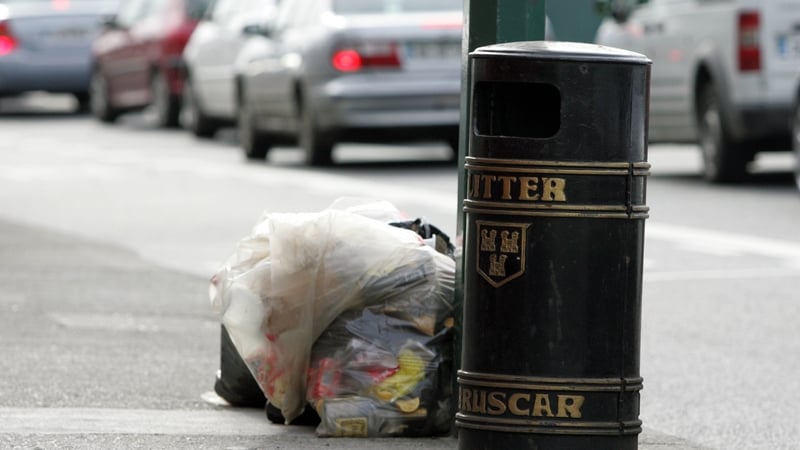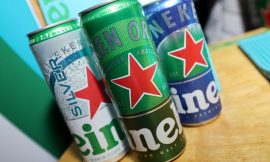Areas in Dublin and Cork ‘seriously littered’ despite nationwide improvement – IBAL
Updated / Monday, 16 Jun 2025 12:13

Areas in Dublin and Cork were two of the most littered in the country despite a nationwide improvement on last year, the latest Irish Business Against Litter (IBAL) survey shows.
The new report revealed that the number of areas deemed littered or worse is at its lowest in five years.
Cork city’s northside and Dublin’s north inner city both featured at the bottom of the rankings and were labelled as “seriously littered”.
Only two of the 25 sites surveyed in Dublin’s north inner city area warranted a ‘clean’ grade – the lowest number in years.

IBAL’s Conor Horgan said: “Unfortunately litter was everywhere in the north inner city, in stark contrast to the city centre just a few streets away.”
He stressed the negative impact of waste collection by bags instead of bins as “greater than ever”, with scavenging by gulls a persistent problem.

“We need the council to come good on its intention to convert the entire city to bin collection services.
“In addition, it is high time that appropriate legal changes were brought into effect to allow the council to pursue those responsible for littered basements, an age-old blight on our capital city,” he added.

Meanwhile, Dublin and Cork city centres were noted as being “clean for peak tourist season”.
According to the An Taisce report for Dublin city centre, “considerable improvements” were noted at sites previously deemed as heavily littered.
These included sites on Middle Abbey Street, O’Connell Street, Nth. Frederick Street and beside the Jervis Luas. Dumping on Dominic Lane and a littered basement on Parnell Square prevented the capital from attaining a “clean” status.
However, the environs of Dublin Airport, typically found to be clean, were this time found by the An Taisce inspectors to be “moderately littered”.
Naas was once again top of the ranking of 40 towns and cities, ahead of Ennis and Killarney. Overall, two-thirds of towns were clean, which was up on last year.

The survey found the main streets of towns to be generally clean, as were heritage and amenity sites.
Residential areas, bus and train stations and recycle facilities were most likely to be littered.

The report also noted a fall-off in disposable vape litter, adding that the prevalence of coffee cups on our streets “remains stubbornly high”.
Plastic bottle and can litter are down 50% on previous levels one year on from the introduction of the Deposit Return Scheme.
However, they were still found in 20% of the 500-plus sites surveyed across the country.
“We hope that the scheme will see the disappearance of this litter, but statistics so far do not bear this out.
“Cans and plastic bottles are far from a rare sight on our streets and in our hedgerows,” Mr Horgan said.




